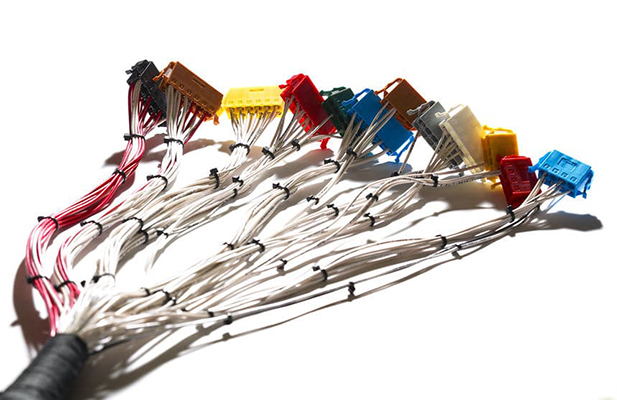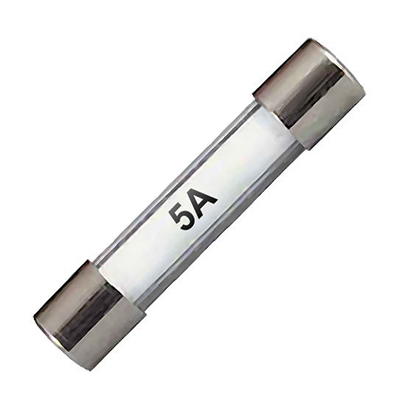Enhancing Emission Control in Automotive EGR Systems with Wire Harnesses
News 2025-10-24
Wire harnesses play a critical role in automotive exhaust gas recirculation (EGR) systems, which are designed to reduce nitrogen oxide emissions by recirculating a portion of the exhaust gas back into the engine intake. These harnesses connect various sensors, actuators, and control modules, ensuring precise monitoring and regulation of the EGR process. In modern vehicles, reliable wire harnesses are essential for maintaining optimal engine performance while adhering to stringent emission standards. By facilitating real-time data transmission, they help minimize environmental impact and enhance fuel efficiency, making them a key component in sustainable automotive technology.

Application in Automotive Systems
Wire harnesses in EGR systems are primarily used in passenger cars, trucks, and commercial vehicles where emission control is mandated. They integrate with sensors that detect exhaust gas temperature, pressure, and flow rates, enabling the engine control unit (ECU) to adjust the EGR valve accordingly. In hybrid and electric vehicles, these harnesses support advanced diagnostics, ensuring seamless operation during regenerative braking and other eco-friendly modes. Their application extends to heavy-duty machinery, such as construction equipment, where they withstand vibrations and thermal stresses to maintain consistent emission monitoring.
Key Performance Benefits
Wire harnesses for EGR systems offer superior durability and reliability, often constructed with heat-resistant materials that handle temperatures up to 200°C. This resilience reduces failure rates in harsh under-hood environments, leading to longer service life and lower maintenance costs. They provide high signal integrity, minimizing electromagnetic interference to ensure accurate data for emission control. Additionally, compact designs optimize space in engine compartments, improving overall vehicle aerodynamics and weight distribution, which contributes to better fuel economy and reduced carbon footprints.
Frequently Asked Questions
1. What role does a wire harness play in EGR systems?
It connects sensors and actuators to the ECU, enabling real-time monitoring and control of exhaust gas recirculation to reduce emissions.
2. How do wire harnesses improve emission control?
By ensuring reliable signal transmission, they help maintain precise EGR operation, which lowers nitrogen oxide levels and supports regulatory compliance.
3. What maintenance is required for EGR wire harnesses?
Regular inspections for damage and corrosion are recommended, with replacements needed only if exposed to extreme conditions or wear.


